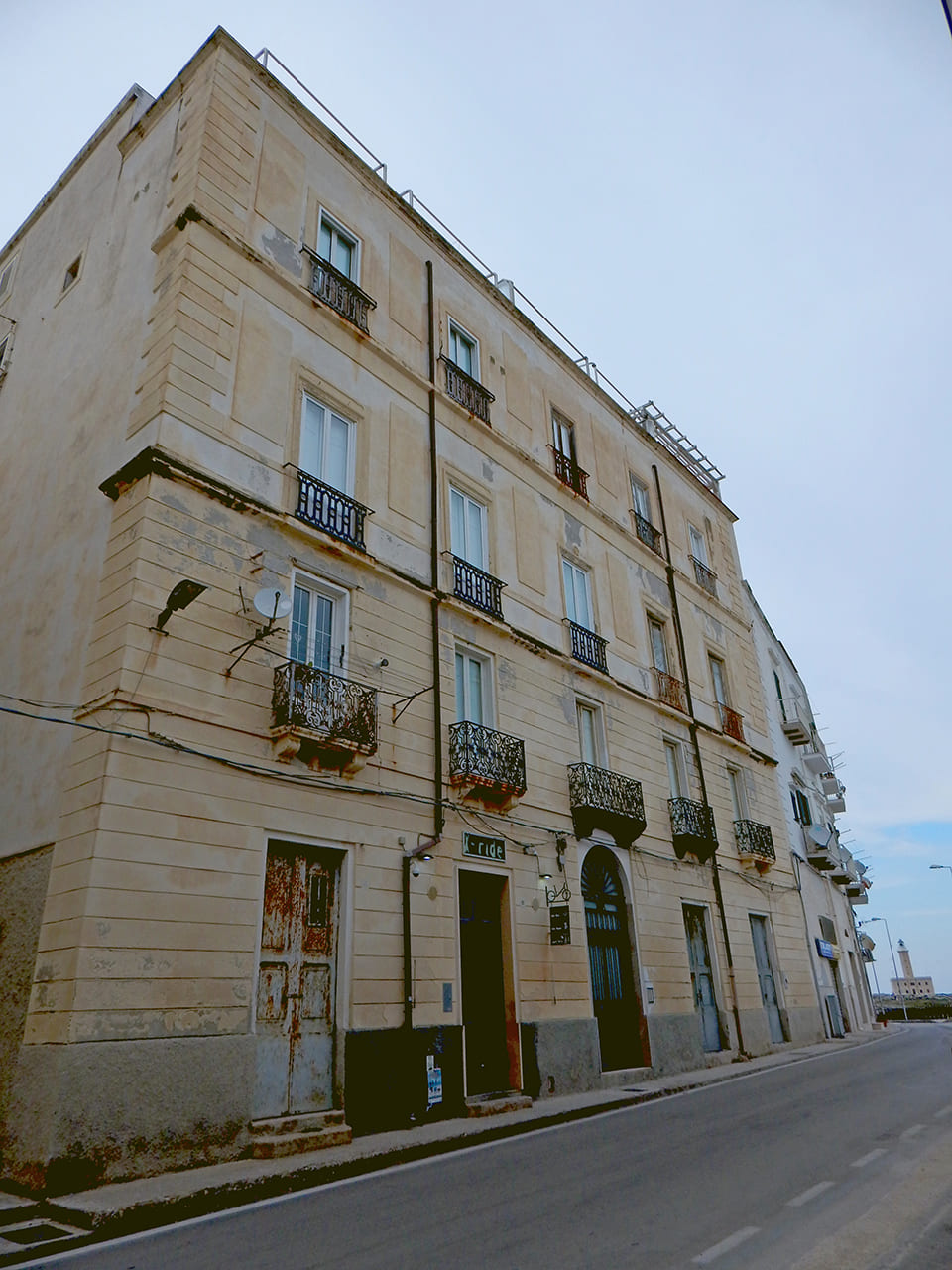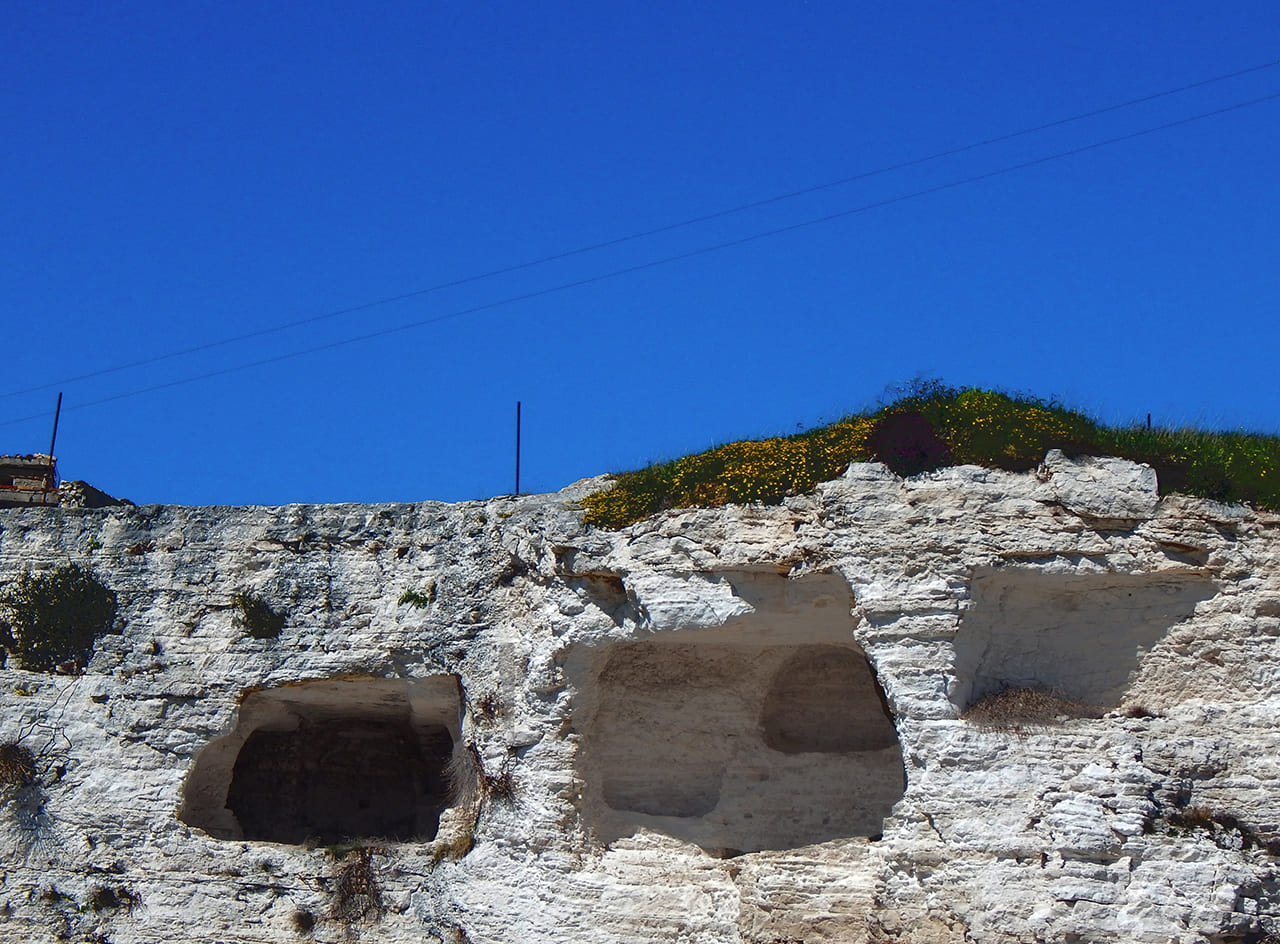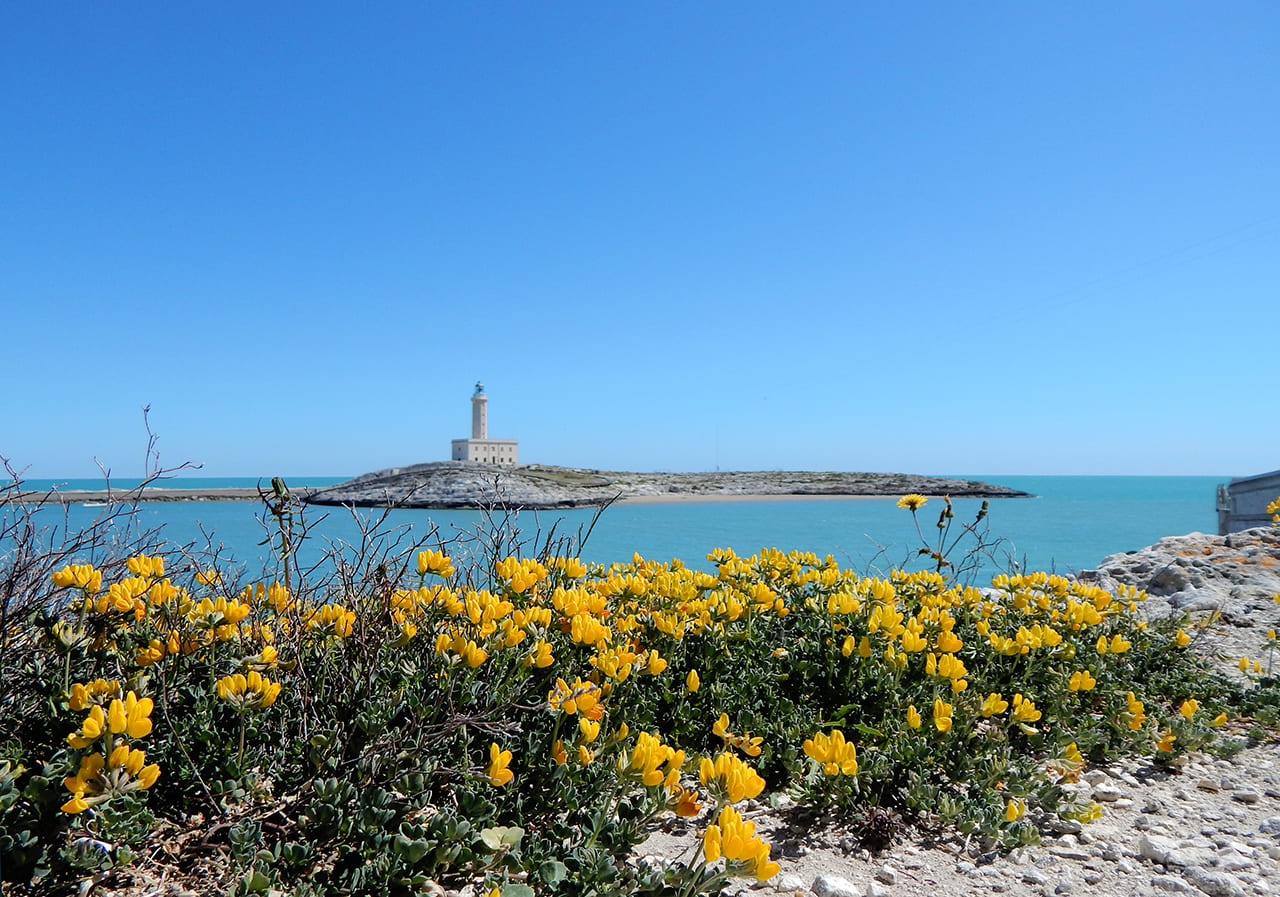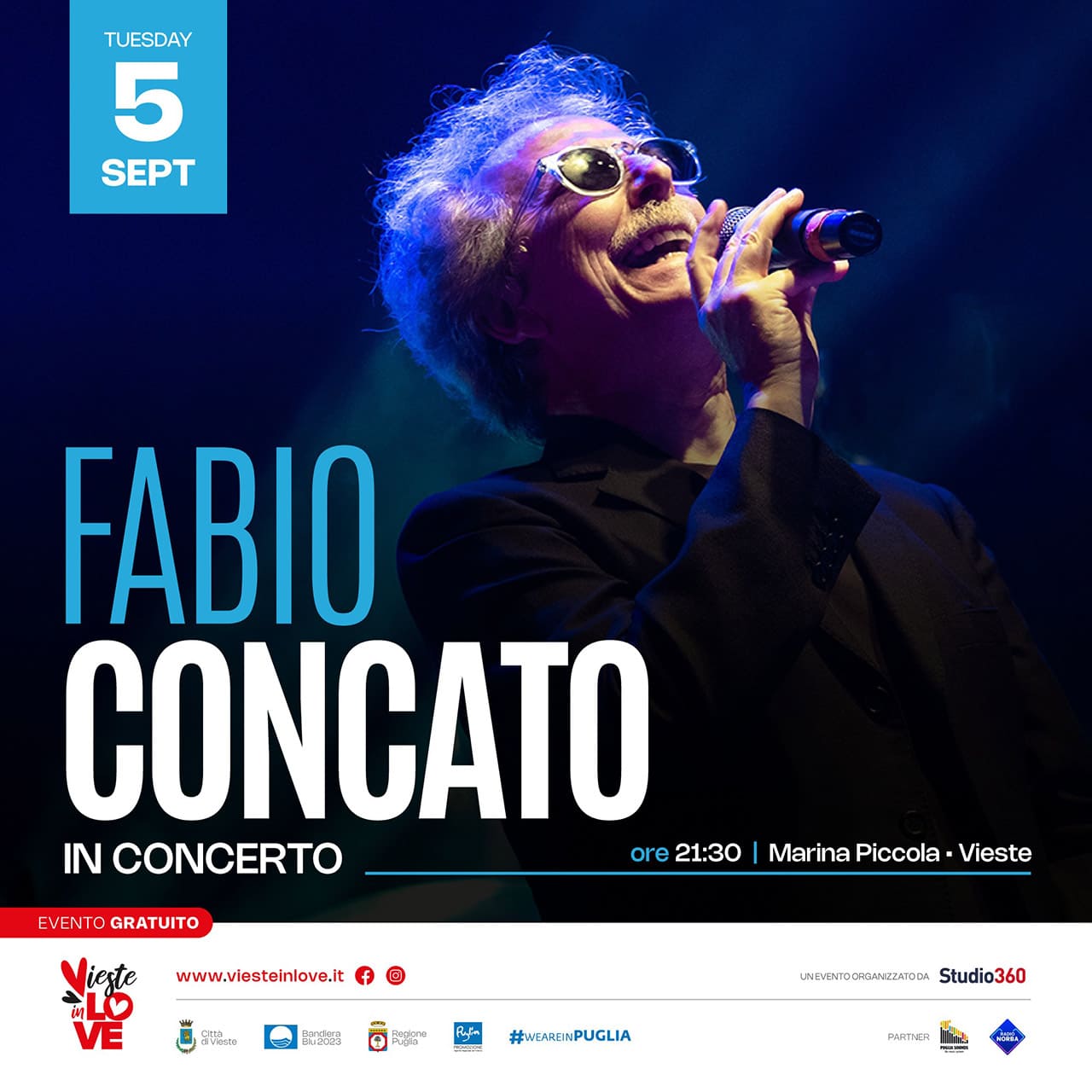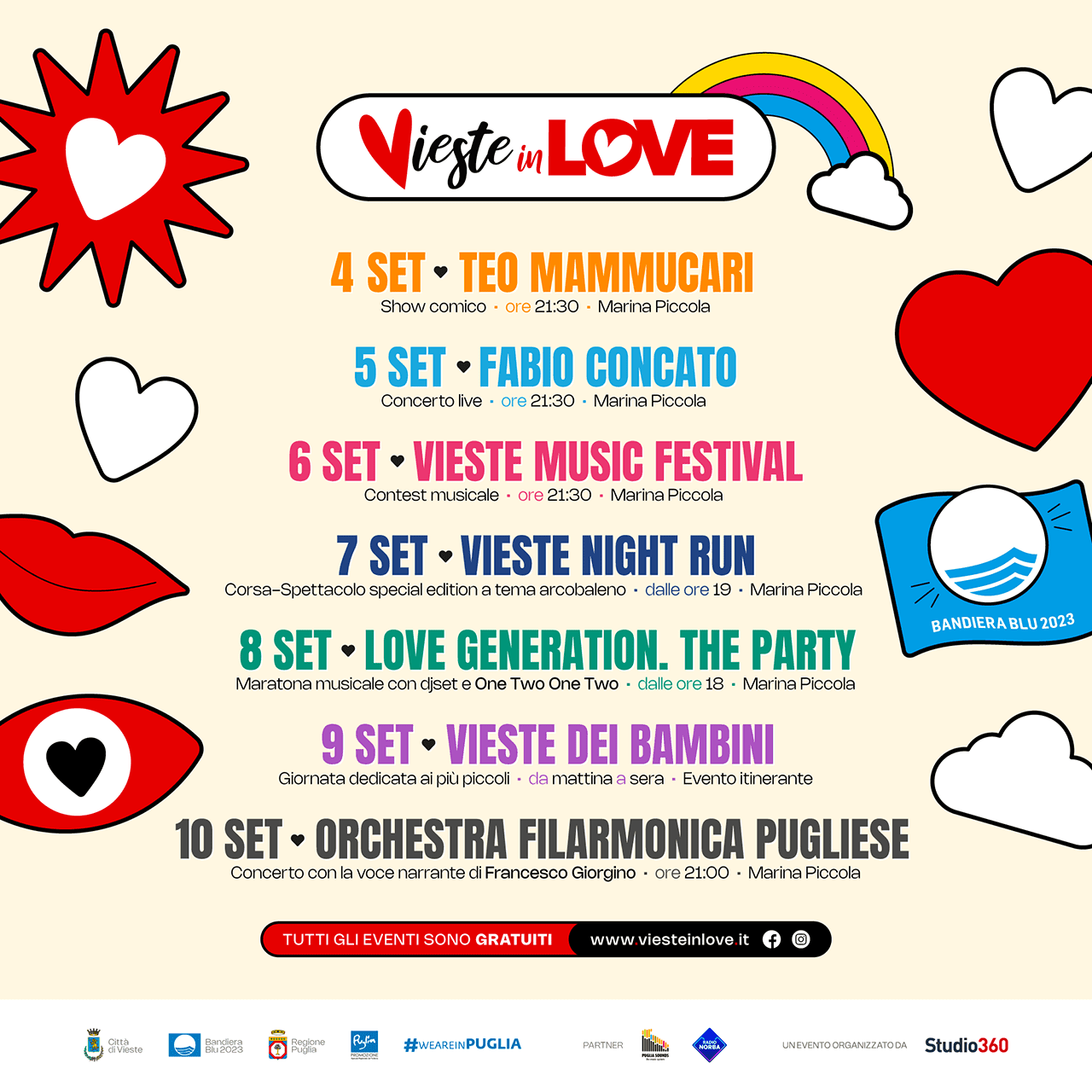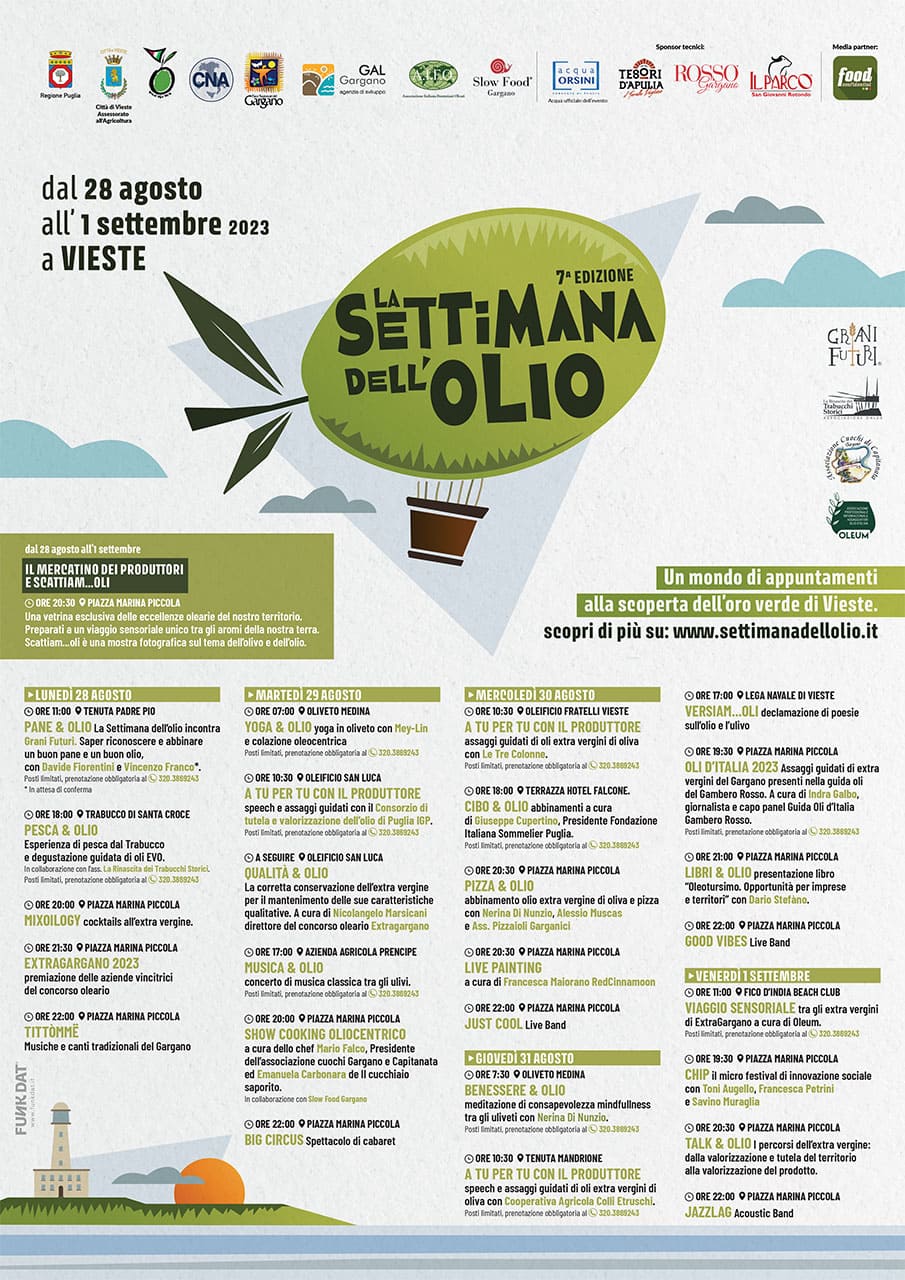Dal II secolo A.C fino all’età romana si attestano le prime presenze dell’uomo su quest’isolotto, si tratta di un santuario rupestre dedicato a Venere Sosandra (salvatrice degli uomini) il cui culto forse fu introdotto da una probabile presenza ateniese nella zona. All’interno di questa grotta oggi sono presenti circa duecento epigrafi scritte in latino e greco in cui, pescatori e naviganti di passaggio, si affidano alla dea per essere protetti dai pericoli del mare. Con l’avvento del Cristianesimo il culto pagano viene sostituito da quello dedicato a Sant’Eugenia e trasferito in una seconda grotta artificiale, come attestato da documenti del Cartolario di Tremiti. Quest’ultima, semidistrutta dai cavamonti, ha lasciato il nome all’isolotto che successivamente sarà corrotto in Sant’Eufemia Nell’anno 1003, quando Vieste era governata dal catapano Gregorio Tarcaniota, rappresentante dell’imperatore d’Oriente Basilio II, il Doge Pietro Orseolo, di passaggio verso Bari, fa incidere un’epigrafe che celebra la sua spedizione in Puglia per scacciare i Saraceni da Bari. Al 1867 invece risale la costruzione del faro, tra i più potenti dell’Adriatico, che illumina ancora oggi la città di Vieste.
From the 2nd century BC to the Roman age, The first human presence on this islet is attested from the 2nd century BC til the Roman Age. It is a rock sanctuary dedicated to Venus Sosandra (Savior of men) whose cult was perhaps introduced by an Athenian presence in the area. Inside this cave today there are about two hundred epigraphs written in latin and greek in which, fishermen and sailors passing by, entrust themselves to the goddess to be protected from the dangers of the sea. With the advent of Christianity, the pagan cult was substitute by another one dedicated to St. Eugenia and moved to a second artificial cave, as attested by documents from the Cartolario di Tremiti. The latter, semi-destroyed by the stone diggers, left its name to the islet that will later be corrupted in Sant’Eufemia. In the year 1003, when Vieste was ruled by the catapan Gregory Tarcaniota, representative of the Eastern Emperor Basil II, the Doge Peter Orseolo, passing through Bari, engraved an epigraphe celebrating his expedition in Puglia to expel the Saracens from Bari. The lighthouse, one of the most powerful on the Adriatic, dates back to 1867, and still enlights up the city of Vieste.
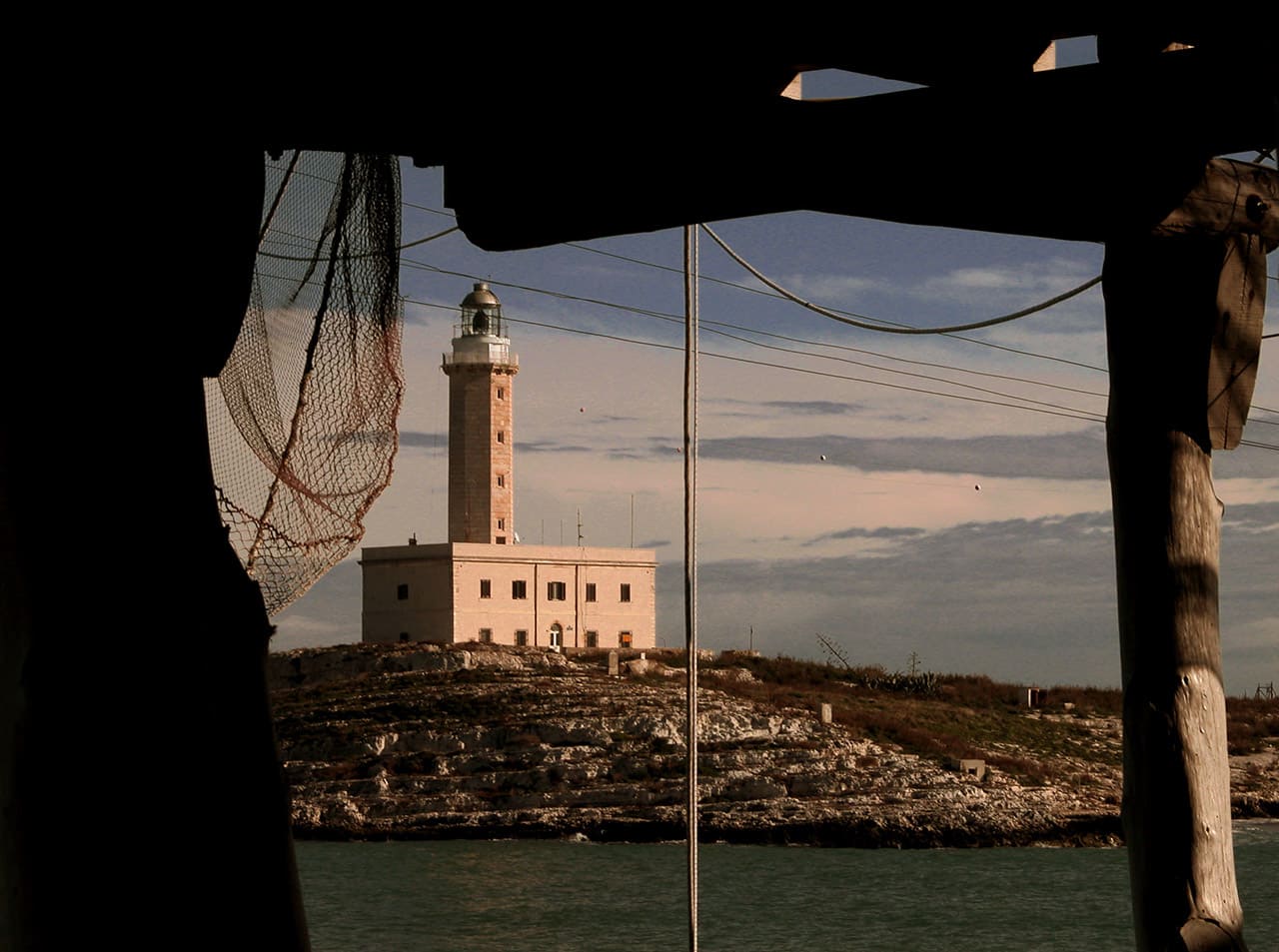
MULTIMEDIALE
Di fronte l’isola di Sant’Eufemia si trova la Punta di Santa Croce dove sono evidenti i resti della chiesa rupestre di San Giacomo. Nel Medioevo questo luogo era di proprietà dei monaci tremitesi che lo usavano come luogo di preghiera. Poco distante dal questo luogo si erge invece una caratteristica struttura di legno della costa garganica: il trabucco. Queste grandi piattaforme che costellano i vari promontori garganici nascono per catturare i banchi di pesci che si muovono dal mare verso i due laghi di Lesina e Varano per riprodursi. La struttura del trabucco è divisa in cinque parti: la palafitta che consiste in grossi tronchi di circa 5 o 7 metri conficcati nella roccia, il ponte ossia la piattaforma usata come spazio di manovra durante la pesca, le antenne usate per calare la rete, gli alberi maestri su cui grava il peso delle antenne la rete che viene costruita a mano in base alla superficie di pesca di ciascun trabucco. Molto si dibatte ancora sull’origine del nome, la tesi più accreditata pare che derivi dal termine francese trébuchet che significa trabocchetto. Il 9 Novembre 1964, quando i trabucchi erano ancora solo strumenti per il sostentamento delle numerose famiglie del Gargano, al MoMA di New York compariva la foto di uno di essi nella mostra di Bernard Rudofsky “Architecture without architects, an introduction to nonpedigreed architecture”.
Opposite the island of Sant’Eufemia is Punta di Santa Croce ( Holy Cross Cape) where the remains of the rocked church of San Giacomo are visible. In the Middle Ages this place was owned by the monks of Tremiti who used it as a place of prayer. Not far from this place stands instead a characteristic wooden structure of the Gargano coast: The trabucco. These large platforms present on the various Gargano promontories were created to catch the flocks of fish that move from the sea towards the two lakes of Lesina and Varano for reproduction. The structure of the trabucco is divided into five parts:
-the scaffolding consisting of large logs of about 5 or 7 metres sunk into the rock,
-the deck used during fishing manouvres,
-the antennas used to lower the network,
-the master shafts on which the weight of the antenna is placed
-the net which is constructed by hand according to the fishing area of each trabucco.
Much is still debated about the origin of the name, the most accredited thesis seems to derive from the French word trébuchet which means trap. On November 9, 1964, when the trabucchi were still only tools for the livelihood of the many families of the Gargano, the photo of one of them appeared at the MoMA in New York in the exhibition by Bernard Rudofsky “Architecture without architects, an introduction to nonpedigreed architecture.”
Vor der Insel Sant’Eufemia befindet sich die “Punta di Santa Croce”, in der sich Überreste der Kirche San Giacomo befinden. Im Mittelalter gehörte zu den Mönchen von Tremiti. In der Nähe befindet sich eine typische Holzmaschine der Küste von Gargano: der Trabucco. Diese großen Maschinen wurden geboren, um die Fischschwärme in Küstennähe zu fangen und in die Nähe der Seen Lakes und Varano zu gelangen. Es besteht aus der Grundstruktur von 5-6 Baumstämmen, einer Plattform, die mit zwei langen Armen und sogenannten Antennen am Felsen verankert ist, und zwischen denen sich ein großes Netz befindet. Die Herkunft des Namens wird noch diskutiert, aber er stammt wahrscheinlich aus dem französischen Wort “trébuchet”, was “Falle” bedeutet. Am 9. November 1964 wurden die Trabucchi im Moma in New York in einer Fotoausstellung von Bernard Rudofsky gezeigt: “Architecture without architects, an introduction to nonpedigreed architecture” (“Architektur ohne Architekten, eine Einführung in die nicht-pedigreed Architektur”).
